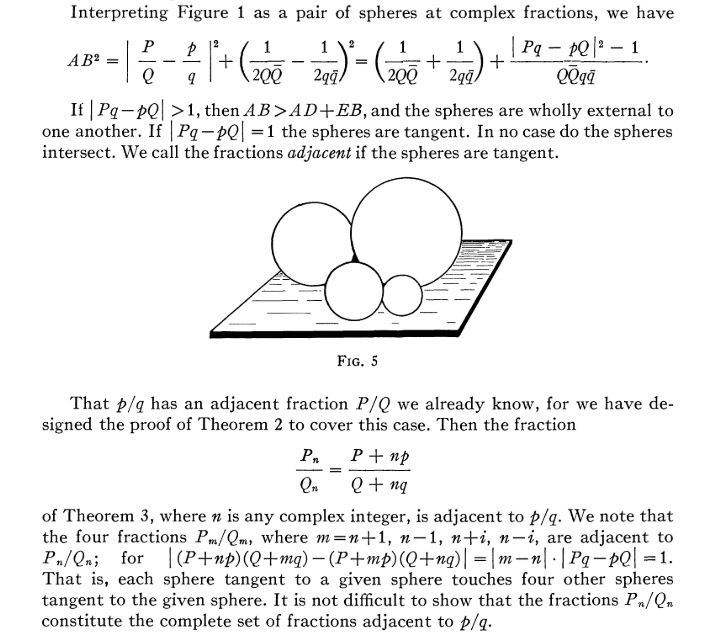To expand on my comment above : as noted by john mangual $SU(1,1)$ is isomorphic to $SL(2, \mathbb R)$. If $h$ is an Hermitian form defined over a ring of integers $\mathcal O_K$, where $K$ is imaginary quadratic, then it is possible to define the subgroup $SU(h, \mathcal O_K)$, whic is a lattice in the real Lie group $SU(h)\otimes_{\mathbb Q} \mathbb R$, and if $h$ is of signature $(1,1)$ we get an (arithmetic) lattice in $SL_2(\mathbb R)$ by the isomorphism.
Another thing is that $SU(1,1) \subset SL_2(\mathbb C)$, and the corresponding totally geodesic embedding is $\mathbb H_{\mathbb C}^1 \cong \mathbb H_{\mathbb R}^2 \hookrightarrow \mathbb H_{\mathbb R}^3$. On the other hand, if we do everything in a natural way the image of our $SU(h, \mathcal O_K)$ lies in the Bianchi group $SL_2(\mathcal O_K)$, and the corresponding imbedding between locally symmetric orbifolds gives a locally totally geodesic 2-orbifold (which may have self-intersections) inside the Bianchi orbifold $SL_2(\mathcal O_K) \backslash \mathbb H_{\mathbb R}^3$ (all are obtained in this way, by varying the form $h$). The point I was making is that the groups you are interested in are merely subgroups of the Bianchi groups, and not at all isomorphic to them. (In fact they are in some sense very different from them since they are not Zariski-dense in $SL_2(\mathbb C)$, for instance they in fact are not of finite index.)
Now back to the original question : arithmetic lattices in $SL_2(\mathbb R)$ (a.k.a. "arithmetic Fuchsian groups") are well-understood and there are ways of computing generators for certain distinguished ones (see eg. https://arxiv.org/abs/0802.0196 ; if you want background material on arithmetic Fuchsian groups there is Svetlana Katok's little book http://www.ams.org/mathscinet-getitem?mr=1177168), and you can use the Reidemeister--Schreier algorithm to get generators in the general case. On the other hand all computations that I know (notice I'm not an expert) are done in the setting of $SL_2(\mathbb R)$ and not of the isomorphic group $SU(1,1)$, so you might need a bit of translation to go from one to the other.
So let me say a bit more. A nice way to see the isomorphism $SU(1,1) \cong SL_2(\mathbb R)$ is as follows: let $A_{\mathbb R}$ be the quaternion algebra $\mathbb C \oplus \mathbb C j$ where $j^2 = 1$. As a matrix algebra it is given by:
$A_{\mathbb R} = \left\{ \begin{pmatrix} z & \bar w \\ w & \bar z \end{pmatrix} : z, w \in \mathbb C \right\} $
and its unit group is the subset with $|z|^2 - |w|^2 = 1$, which is exactly $SU(1,1)$. Now since it is a split quaternion algebra over $\mathbb R$ it is isomorphic to $M_2(\mathbb R)$, and restricting to units this gives $SU(1,1) \cong SL_2(\mathbb R)$ (you can find an explicit matric in $SL_2(\mathbb C)$ conjugating one to the other).
Now what we need to do is to do the same thing over $\mathcal O_K$, which will identify the arithmetic lattice $SU(h, \mathcal O_K)$ with an arithmetic lattice in $SL_2(\mathbb R)$ obtained from an order in a quaternion algebra over $\mathbb Q$. For this suppose that
$ h(z, w) = a|z|^2 + c|w|^2 $
for some $a, c \in \mathbb Z$ (you can compute them by Gauss reduction). Suppose that $K = \mathbb Q(\sqrt{-d})$ and $\mathcal O_K = \mathbb Z[\sqrt{-d}]$ (so $d$ is positive square-free with $d = 1, 2 \pmod 4$). Let $A_h$ be the quaternion algebra $K \oplus Kj$ with $j^2=-ca/gcd(c,a)^2$. Then $A_h^1 = SU(h)$, and if $\mathcal O$ is the order $\mathcal O_K \oplus \mathcal O_K j$ we also have $SU(h; \mathcal O_K) = \mathcal O^1$. The algebra $A_h$ has Hilbert symbol $\left(\frac{-d, -c/a}{\mathbb Q} \right)$ and you can then apply the algorithm 3.2 in the paper quoted above, which gives you a finite set of elements in $\mathcal O^1$ by their coordinates in the basis $1, \sqrt{-d}, j, \sqrt{-d}j$. If you want to see these as matrices there are the expressions:
$ \begin{pmatrix} 1 & 0 \\ 0 & 1 \end{pmatrix}, \begin{pmatrix} \sqrt{-d} & 0 \\ 0 & -\sqrt{-d} \end{pmatrix}, \begin{pmatrix} 0 & -c/a \\ 1 & 0 \end{pmatrix}, \begin{pmatrix} 0 & c/a \sqrt{-d} \\ \sqrt{-d} & 0 \end{pmatrix}. $

